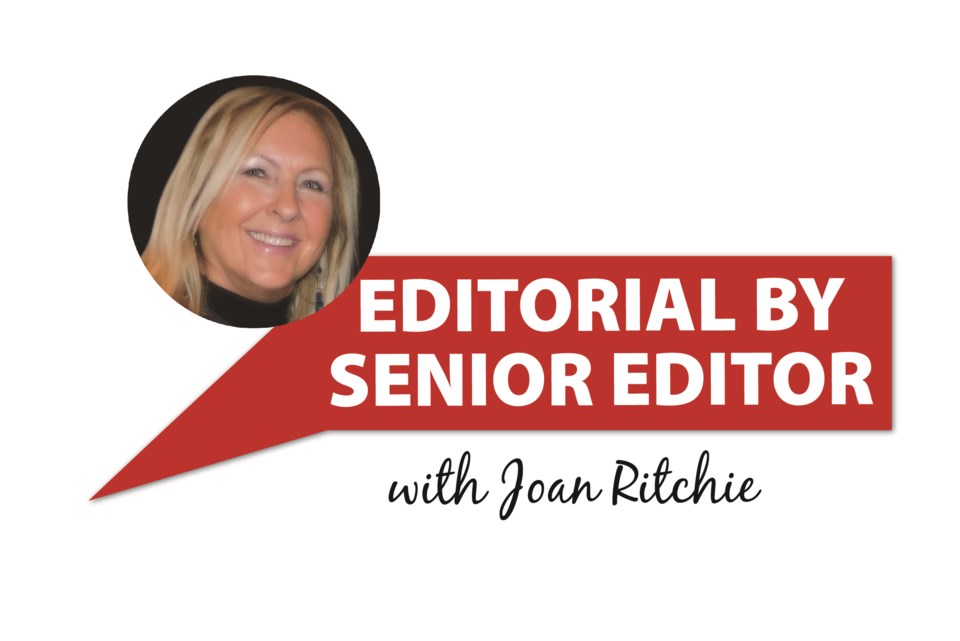It seems nowadays, everyone is very conscious of “green” living, and that includes becoming holistic in health-wise thinking and application. I am not a medical professional so this editorial is just generic information recently acquired through a book that I perused and found quite interesting.
A holistic approach treats the body as a whole and integrated system, rather than individual parts. The concept makes a lot of sense as humans are complex with feelings, minds and spirits, as well as bodies with multiple organs and tissues within.
“Human beings do not exist in isolation any more than the sum of its parts,” says author David Hoffman in the book, The Complete Illustrated Holistic Herbal. In this way, a holistic approach acknowledges the social and cultural context of the individual. “It therefore needs to look at the patterns of thought, behaviour, work and culture,” he says, that are all parts of the sum of it.
I found the book to be a fairly extensive resource for utilizing herbs for health and wellbeing, which is very much integral in cultures like the First Nations who utilize plants found in nature for food/medicinal purposes. Moose Jaw’s Barb Frazer is a local resource that has shared her indigenous knowledge in such matters over the years through examining the flora found in Wakamow Valley. There is nothing new about the use of herbs to promote health and wellbeing because every culture throughout the world at some point has used healing plants as a basis for health.
“We have often heard it said that ‘we are what we eat.’ But we are also what we breathe, what we think, what we say, what we see,” Hoffman says. In the book, he explores the importance of exercise, good food and fresh air.
“We are familiar with associating these things with our health, but what about the books we read, the films and television we watch, the politics we support? Is the music we listen to good for our health? Are our friends good for us?” he asks. These are relevant questions according to Hofffman and are different for everyone, but the “responses we make to them do have a bearing on our wellbeing.” He says that in the holistic approach, “individuality and responsibility are crucial factors.”
“The ‘whole’ individual — mind, body, spirit and emotions — in the wider social setting of lifestyles and behaviour is part of a greater whole, however. Humanity itself exists in the context of the entire planet. All these levels work together in a dynamic, integrated system.”
Hoffman says that some openness to spirituality in its various forms is vital — like enjoying and being uplifted by a sunset or touched by someone’s poetry or art. As well, “a conscious and free-flowing emotional life is fundamental to achieving inner harmony.” A healthy mind in a healthy body are vitally important to the well-being of a person, too. We are what we think so having a personal vision is imperative to maintaining vitality and staying young. No less important, nutrition is the fuel that enables the body to renew itself to ensure optimal health.
This book was published in 1996 and at that time sold for $18.95 USD/$25.99 Can. After checking online to find a copy, it was interesting to note that only used copies are still available for a whopping price of just under $100.00. It may be an indication that society continues to focus on a greener and more wholesome way of living in all aspects.
The views and opinions expressed in this article are those of the author, and do not necessarily reflect the position of this publication.




